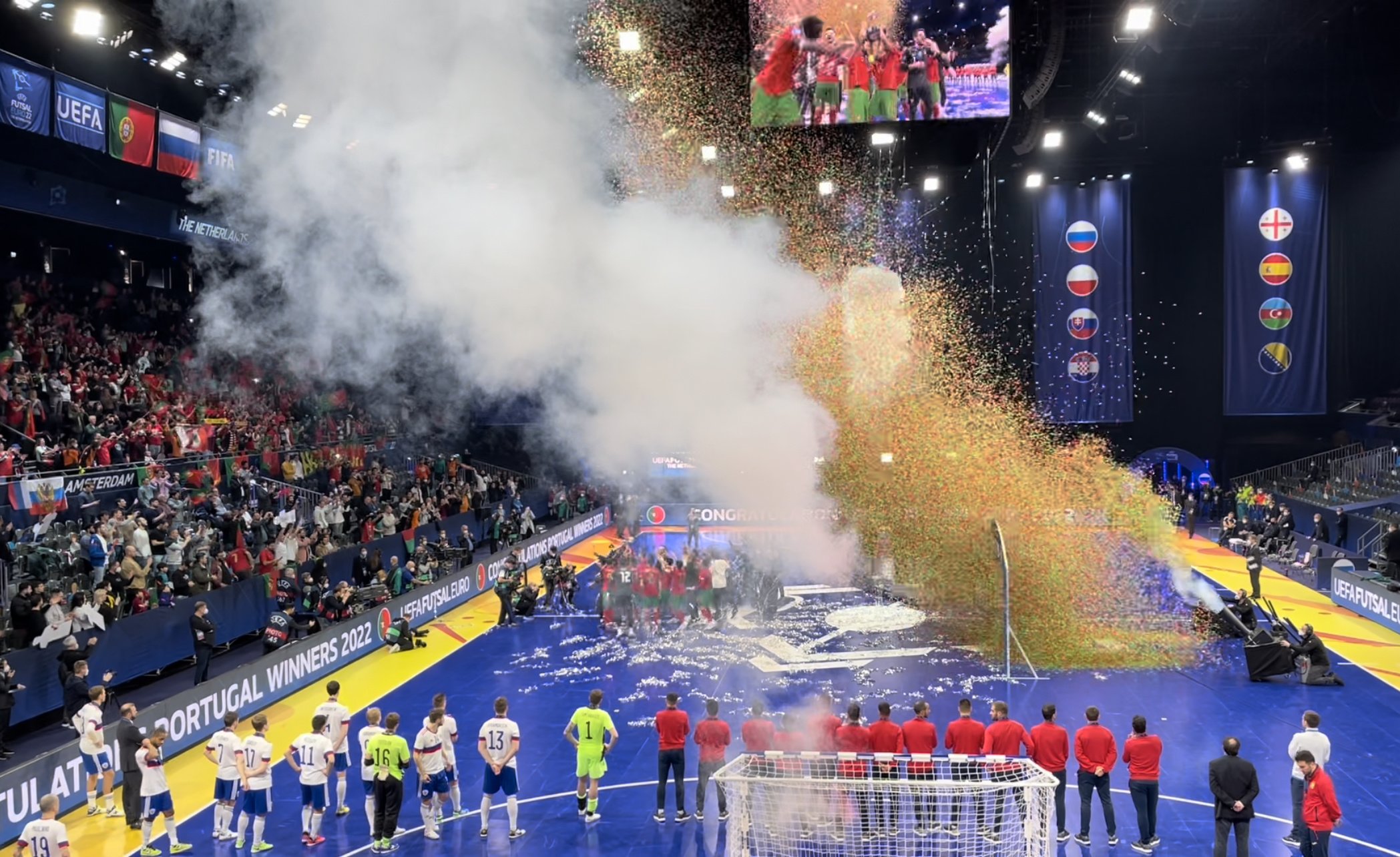Six reasons to bring the ball back to the streets
SO BELGIUM is leading the way again. With Roberto Martínez’s men’s national team No 1 in the world and the Royal Belgian FA lauded for its progressive approach to coaching, the nation broke new ground by granting street footballers a licence to dispossess absentee neighbours previously allowed to hog a stray ball with impunity.
So here’s a paean to the lost street art of shooties, knockout pairs, kerbs and 14 v 8 played in a postage-stamp sized car park. Pushy parents and “born winner” football and futsal coaches, please take note:
1) The old one-two
LIKE A CHEEKY wall pass with a kerb, happiness and playing come as a potent – and healthy – combination move. The American psychology professor Peter Gray doesn’t play around when it comes to the importance of this causal link. “Play, especially social play with other children, serves a variety of developmental functions, all of which promote children’s mental health,” he wrote in the American Journal of Play back in 2011. That’s before considering the physical impact of inactivity caused by socio-cultural changes over two generations of soaring global obesity.
2) Ownership
ON THE STREETS, the children own the game. They get freedom and accountability. To pick the teams, the rules, the boundaries (physical and figurative) and the enjoyment levels. It’s a licence to play. The psycho-social term is intrinsic motivation – the desire to pursue an activity for its importance and enjoyment, rather than the extrinsic motivation of seeking out praise, trophies, or any other external validation. Ever recall a street match ending up 23-0? Thought not. That’s because as soon as a gulf in the teams became evident, a mid-match timeout would put a couple of bigger kids on the losing side. Fresh impetus and time to go again.
3) the “street spot” of inclusion
IF THE CHILDREN design the rules, they also own the challenge. Street gamers live out the theory of the renowned PE guru Muska Mosston’s slanty rope approach to inclusive learning.
The “slanty rope” gives ownership to the skippers, just like the street empowers players Photograph: Adobe
Imagine a skipping contest, with successful leapers earning the right to try a higher rope while the unsuccessful sit out. Music to the ears of the foul-mouthed win-at-all-costs coach determined to limit game time of the “weaker” players so he can sweep the board with the Dog and Duck Elite under-8s. But more practice time for the better players is the wrong way round, surely. Those who need the practice need, well, more practice. To play. To test themselves.
With a slanty rope, every player owns their own level of challenge. The street manages difference impeccably. Brave enough to go in goal with big Billy raining shots at you? Go for it. You’re leaping at the high end. One with risk, reward and instant feedback from the game. Want to lurk on the edges of the match, limiting your ambitions to the odd touch and risk-free dribble moment miles from goal? That’s fine too. That’s your confidence-buliding lower end of the rope.
4) no barriers to entry
IT’S THE STREET. By its very nature, it’s on the players’ doorstep. No need for costly grassroots club subscription fees, tortuous car journeys several nights a week to audition at a pro club’s satellite demi-semi advanced elite development centre (or the post-match parental “this is where you went wrong, lad” tactical deconstruction on the car journey home).
You don’t even need a precise number of mates to play. Just one ball, one or more mates and a sliver of space to let the imagination and creativity roam free.
5) conflict resolution
NO REFS, NO COACHES. Just pure, unadulterated child’s play. It could be rock, paper, scissors. Old-skool dips. Secret numbers. Or a one-off penalty to sort it out. Or the street version of VAR, that curious moment when the duo dumped out first in knockout pairs gain eagle-eye status when invited to rule on whether a ball went under or over an imaginary crossbar.
The street is a breeding ground for social and communications skills.
6) EMBRACE THE CHAOS
I PLANNED FOR ONLY five reasons. A riff on the futsal theme, naturally. But a sixth rocked up unannounced: it’s a reminder for coaches to get real and embrace the mayhem.
Street play is messy. Just like all competitive invasion games. Learning is not linear, so this chaotic challenge can be replicated in practice. It’s an undeniable fact that no street player in history has ever stomped off home with their ball livid at the absence of a carefully choreographed collection of colour-co-ordinated cones.
Street obstacles are more varied and natural: kerbs, uneven surfaces, dozens of opponents, angry neighbours, passing cars and stray dollops of dog shit. Coaches should think more of the street, not the nuances of the latest Man City Pep-ball first-team attacking drill doing the rounds on Instagram. Don’t waste time preparing joy-killing static line drills with 12 robotically passive players in mind. Only 9 will turn up anyway.
Just get real, let them play. Just like the streets.
Have something to share? Add your comment below.














MIGUEL RODRIGO is ready for his last dance with Thailand. The globe-trotting Spanish tactician reveals his futsal inspirations plus hopes and predictions for the World Cup in Uzbekistan